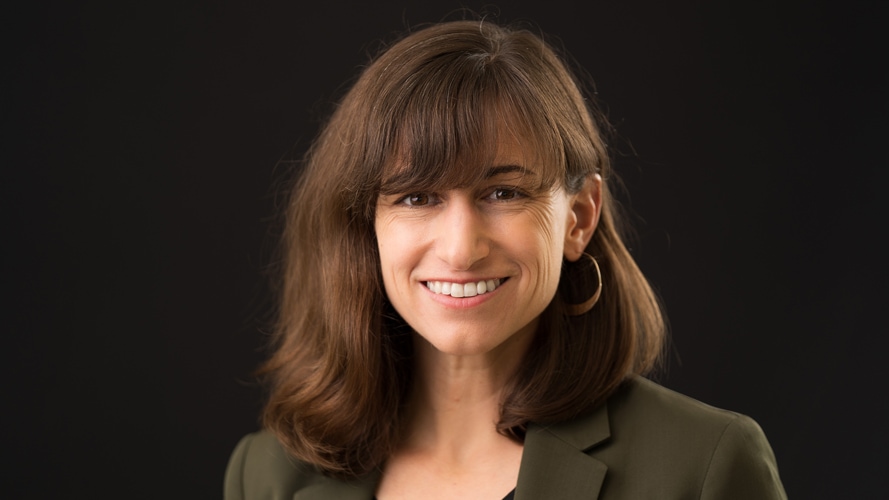National Science Foundation Awarded Lynne Zummo Grant to Study Climate Change Learning at the Natural History Museum of Utah
 The National Science Foundation (NSF) has awarded Lynne Zummo, Assistant Professor
of Educational Psychology, an Advancing Informal STEM Learning Program (AISL) grant
to study learning around climate change at the landmark Natural History Museum of Utah exhibit “A Climate of Hope,” along with Co-PI and NHMU Exhibit Developer Lisa Thompson. Zummo holds a joint appointment
at NHMU as the Curator of Learning Sciences.
The National Science Foundation (NSF) has awarded Lynne Zummo, Assistant Professor
of Educational Psychology, an Advancing Informal STEM Learning Program (AISL) grant
to study learning around climate change at the landmark Natural History Museum of Utah exhibit “A Climate of Hope,” along with Co-PI and NHMU Exhibit Developer Lisa Thompson. Zummo holds a joint appointment
at NHMU as the Curator of Learning Sciences.
Zummo’s project is titled “A Climate of Hope: Investigating learning at an innovative exhibit towards new knowledge, theory, and practice of climate change learning with diverse audiences.” Zummo saw an opportunity to apply for project funding last year, as the displays in “A Climate of Hope” moved from research and conceptualization to prototyping and testing ahead of the exhibit’s launch in November, 2023. A few earlier NSF grants funded the preparation of the exhibit. Now this grant, for which Zummo she is the Principal Investigator, will allow her to continue to gather data in a relatively new but nonetheless burgeoning field: the study of how people learn about climate change.
“Over the past 20 years or so, as climate change has become more prominent, strategies of education have often tried to scare people, which hasn’t worked,” Zummo said. “People may become so scared they don’t know what to do, and may begin to feel like there is nothing they can do to change the course we’re on. This fear-based approach has been antagonizing and hasn’t done anything to mend divisiveness around climate change,” she continued.
But “A Climate of Hope” is different. It speaks to a diverse range of museum-goers by engaging them through emotions and identity, and through the unique life experiences they bring to their reads of the displays. Rather than tell stories about the distant future or distant geographies, this landmark exhibit tells stories close to home; it is grounded in Utah, the place we know and love, and things happening here and now—all of which lends itself particularly well to Zummo’s research.
To prepare the exhibit, “we talked to a lot of museum visitors and tested and prototyped every element of exhibit with Lynne’s help, because she could bring to it that lens of ‘what is really working in this and what is not,’ and help us refine the interactives and themes throughout the exhibit,” said Thompson in an interview on KCPW’s “This Green Earth,” a weekly talk show about our relationship and impacts upon the environment.
The exhibit is full of such “interactives”— including at least 6 digital displays, as well as dioramas, play tables for kids, sections about the impacts of climate change in UT, and a scrolling story about how climate change affects our health — all of which Zummo and Thompson discussed during the KCPW interview.
In short, the exhibit seeks to cultivate what Zummo and Thompson call “rational hope,” a term which comes from climate scientist Dr. Katherine Hayhoe’s body of work and popular TED talk.
It is Zummo’s hope that people plan to exhibit the exhibit and, if nothing else, ask questions, become curious about climate change, and begin to have conversations with people in their lives. “Most people in the US don’t talk about climate change for a variety of reasons. Having conversations is one of the most effective actions we can take,” she said. “We’re hopeful that the exhibit fosters productive conversation around not just climate, but also the future we want to have, and the future we want to create.”
